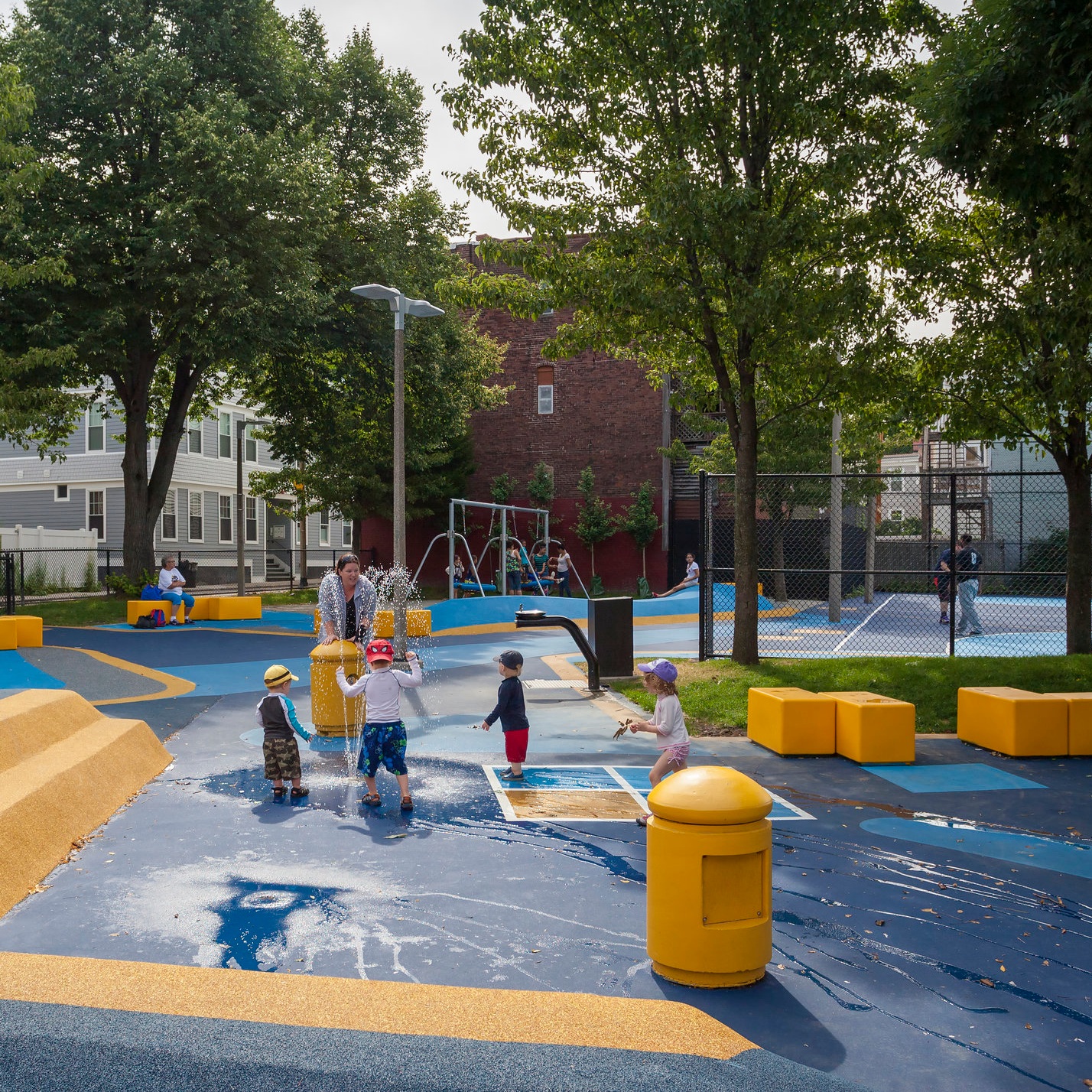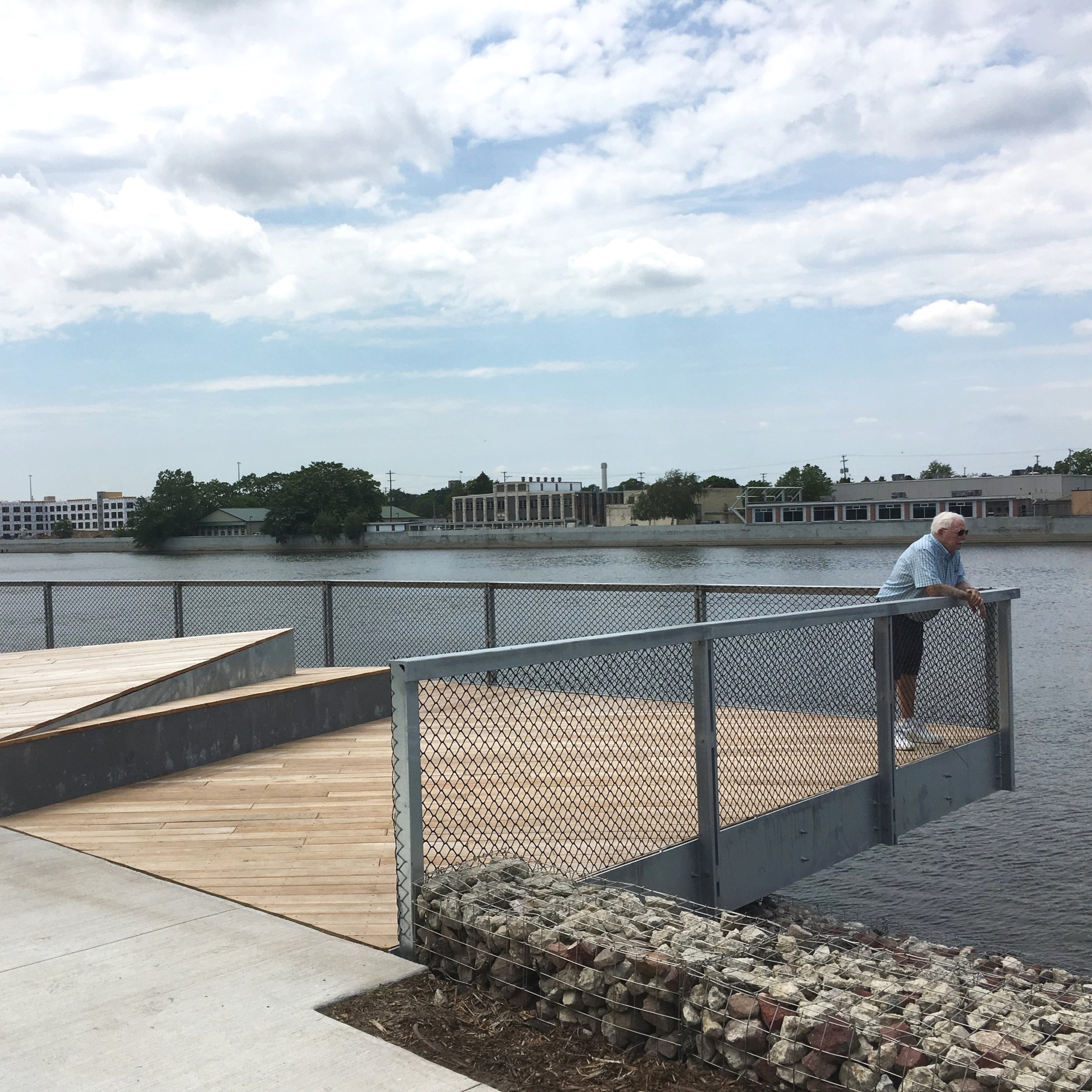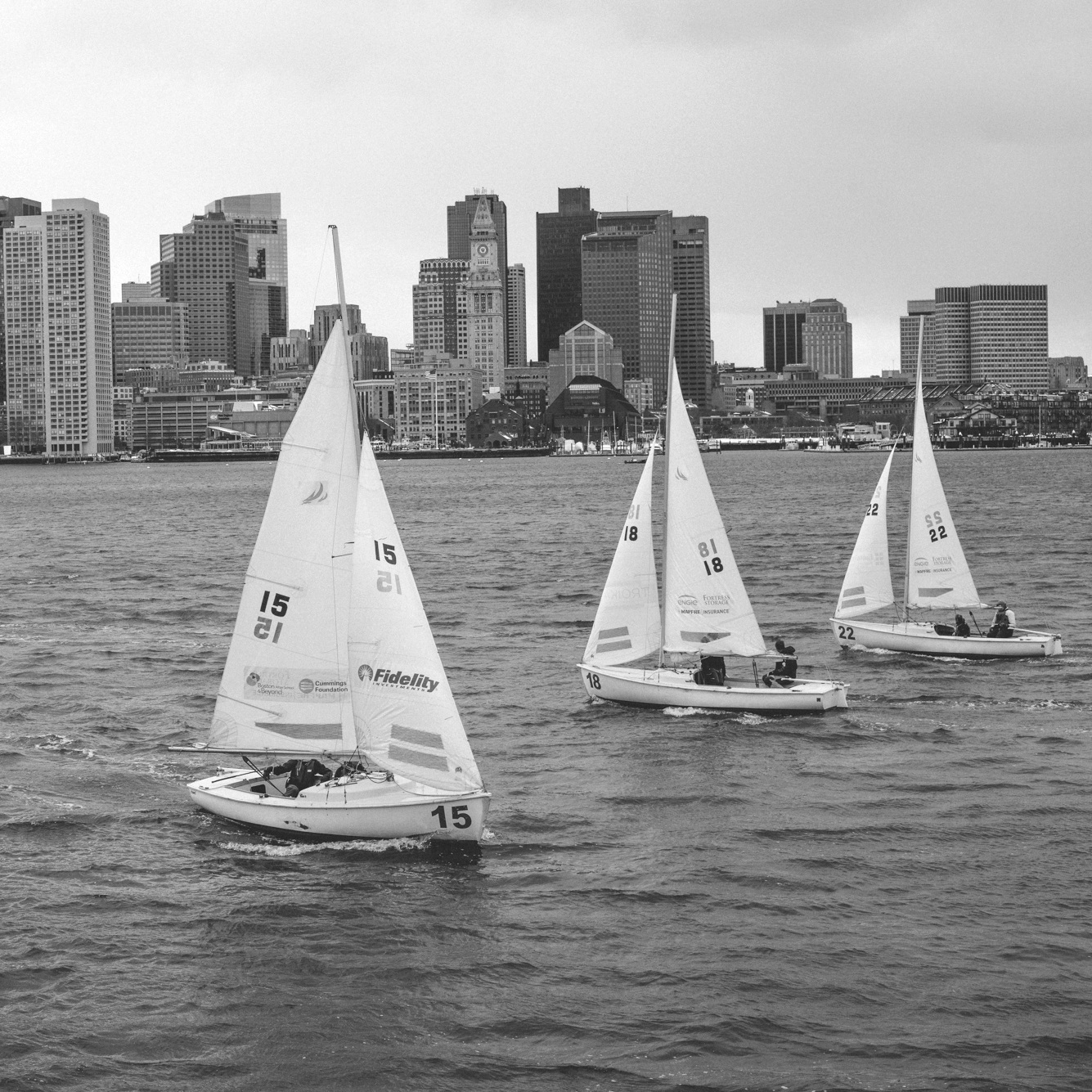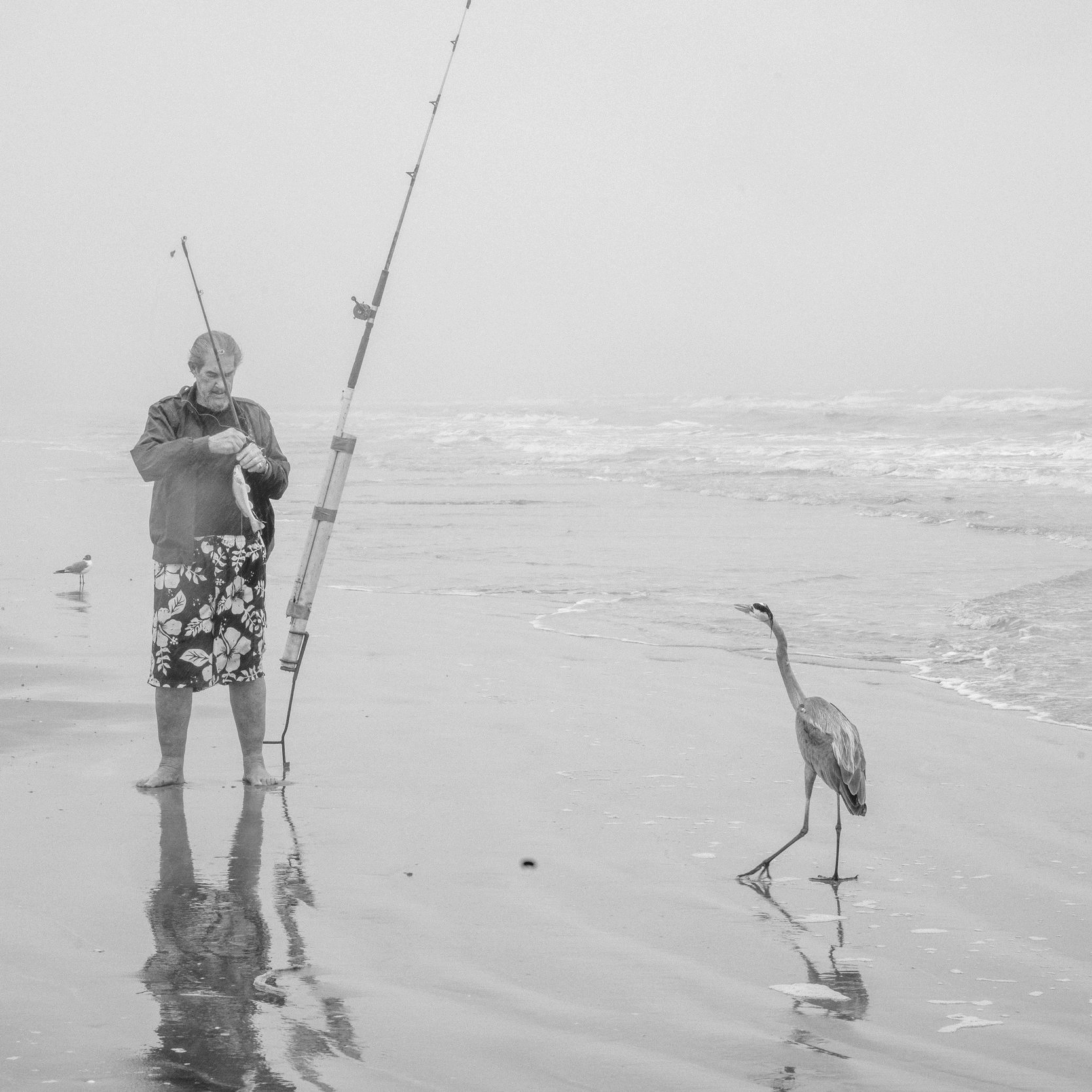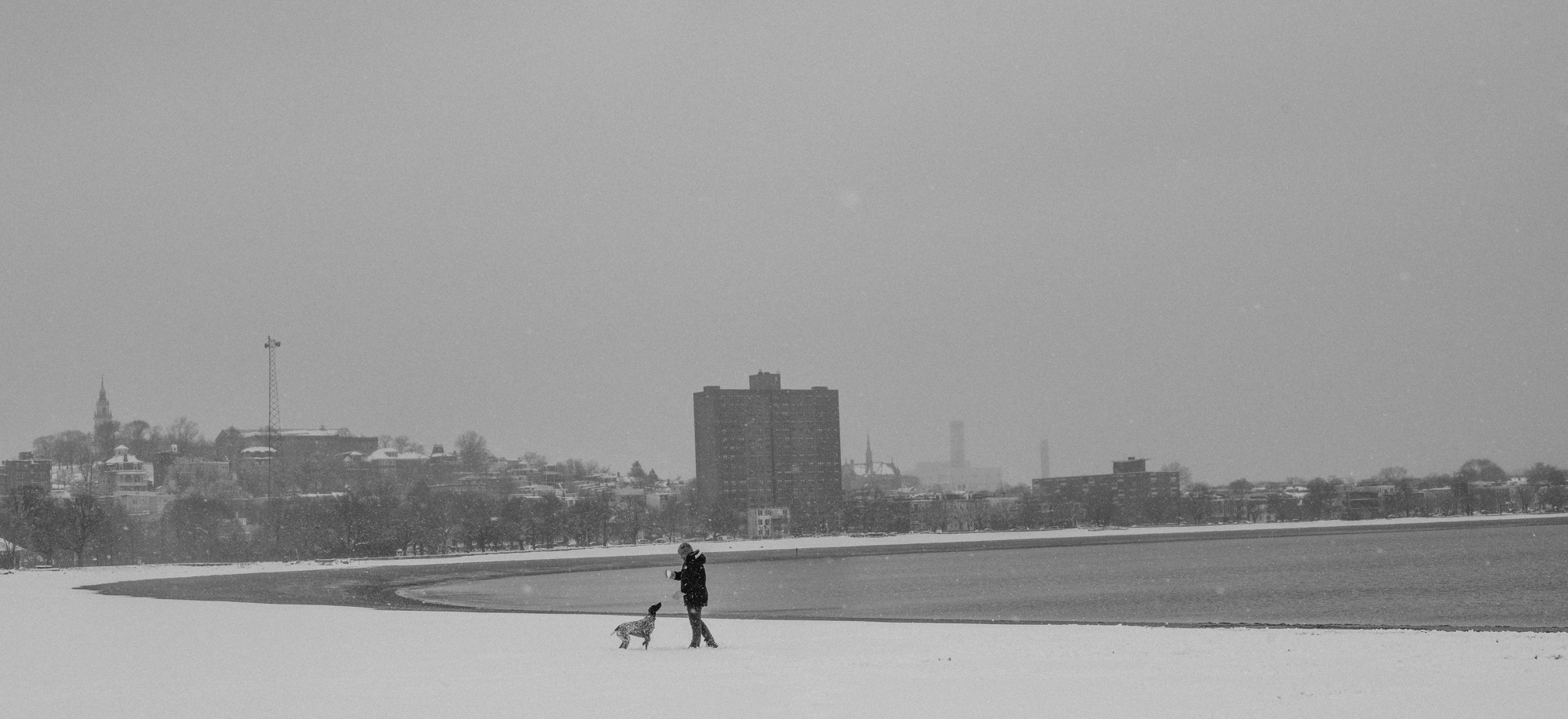“Where the waters do agree, it is quite wonderful the relief they give.”
― Jane Austen
No doubt, water is central to the ways landscapes—designed and otherwise—work and thrive. Water has the ability to inspire a playfulness in people, a letting down of the guard, a sheer exuberance in the ways we engage with the environment.
In one way or another, water infiltrates our practice, whether designing a waterfront park subject to climate change and storm surge, or creating an urban plaza that collects stormwater allowing for infiltration and regeneration. More and more, our work involves the challenges of climate change and the re-creation of green infrastructure like marsh habitats that can absorb, filter and accommodate the natural ebb and flow of water—not to mention foster a rich biodiversity. Additionally, the opportunities to re-think our formerly active industrial waterfronts and ports are helping to re-establish the connection of water within the urban landscape.
While we fully acknowledge the important ecological and functional roles water plays in our lives, we also look to transcend the pragmatics of water flows and explore the experiential, the immersive, the sensorial, even the poetic aspects of water. For us, water is both medium and canvas to enhance, to engage in its life-giving powers, to recognize that both the imaginative and physical forces of water are both bigger than and beyond us. Water incites a sense of play and exuberance in people (and animals) that is infectious.
Here’s to recovering the nothingness and mystical powers of water in landscape and the city.
Petra Geiger is Communication Director at Stoss landscape Urbanism. All black and white imagery Mike Belleme. All imagery ©2019 Stoss Landscape Urbanism.


